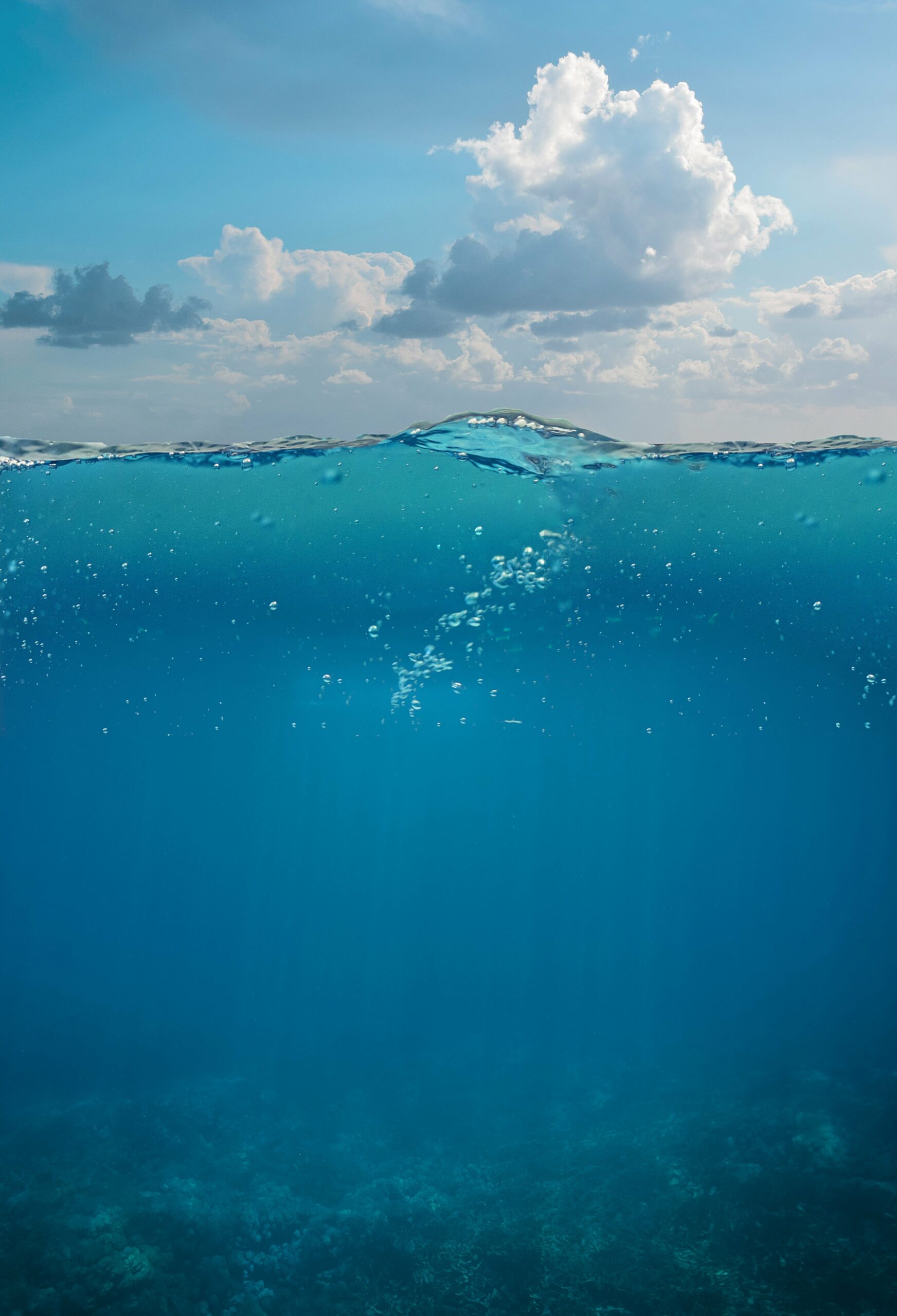Submarine Critical Infrastructure
Challenges and Ambition

The European submarine network is a vital Critical Infrastructure (CI) for the EU member states. This submarine cable and pipeline network is crucial for the European society and any failure or damage to it could potentially have an enormous effect on the societies in the EU member states.
Due to the rapidly evolving threat and geopolitical landscape, especially with incidents like the sabotage of the Nord Stream 1 and 2 gas infrastructure, organizations overseeing CI face significant challenges. They must handle intentional threats while also grappling with growing problems caused by accidental and natural factors as well as climate change.
These issues can worsen the effects of deliberate actions. To address these challenges effectively, it is crucial for these entities to implement resilience-enhancing measures. The concept of resilience should be understood as referring to an entity’s ability to prevent, protect against, respond to, resist, mitigate, absorb, accommodate and recover from events that have the potential to significantly disrupt, or that actually disrupt, the provision of the essential services in question. By its nature, resilience requires a systems-based approach. To this remark, it is crucial to possess an accurate, real-time and comprehensive understanding of the most significant risks that entities operating CI are facing.
One of the main security challenges currently in the EU maritime area is securing the critical submarine infrastructure network, which in this project includes telecommunication cables, gas pipelines, and power cables. As the gas pipeline network runs both offshore and onshore, the project will also expand its situational awareness to the onshore pipelines, in order to build a comprehensive solution for the Critical Infrastructure Operators (CIOs).
Project Objectives & Approach
The VIGIMARE project takes a systematic approach to strengthen the European CI sector of submarine telecommunication cables, power cables and gas pipelines. The analysis as well as the VIGIMARE system will support the CIOs of the submarine network by enhancing their resilience against attacks and damages.
The outcomes of this project will also bring the European Maritime Safety Agency’s (EMSA) Common Information Sharing Environment (CISE) to this new area of interest. The VIGIMARE project will stress test the solution with data from real incidents and validate it in three different European sea areas (Mediterranean Sea, Irish Sea and Baltic Sea), in order to promote its valuable outcome to the European society.
To reach this goal, the following Specific Objectives (SO) have been set for VIGIMARE:
The VIGIMARE project will enhance the cooperation between CIOs, member states and EU authorities by improved situational understanding and information sharing to give a coordinated response in case of attacks or damages. The project will also strengthen CI protection and information sharing through improved cooperation between the industry, member states, NATO, and EU agencies.
This objective entails mapping key vulnerabilities and risks, as well as current technologies in place for protection of submarine cables and pipelines, and what the societal impact can be if there are interruptions to them. It also entails creating an EU-level state-of-the-art analysis and assessment of physical and cyber threats as well as risk scenarios, and mapping detection technologies.
Building a near real-time situational awareness picture onshore and offshore above the cables and pipelines at critical areas and intersections, with an automated anomaly recognition service. VIGIMARE will improve CI situational awareness both onshore and offshore by developing sensing and analysis services, as well as a Virtual Control Rom (VCR). Provisions will be made for including human-generated information in the analysis process, and AI services developed that can detect and classify physical as well as cyber and hybrid attacks. This will also provide an understanding of the most cost-effective ways to enhance the resilience of the submarine cables.
The Critical Entities Resilience (CER) Directive lays down obligations on EU Member States to take specific measures, to ensure that essential services for the maintenance of vital societal functions or economic activities are provided in an unobstructed manner in the internal market. The Directive creates an overarching framework that addresses the resilience of critical entities in respect of all hazards, whether natural or man-made, accidental, or intentional. The NIS2 Directive is the EU-wide legislation on cybersecurity. It provides legal measures to boost the overall level of cybersecurity in the EU. VIGIMARE will provide tools and methods to help achieve these requirements for submarine CI networks.
